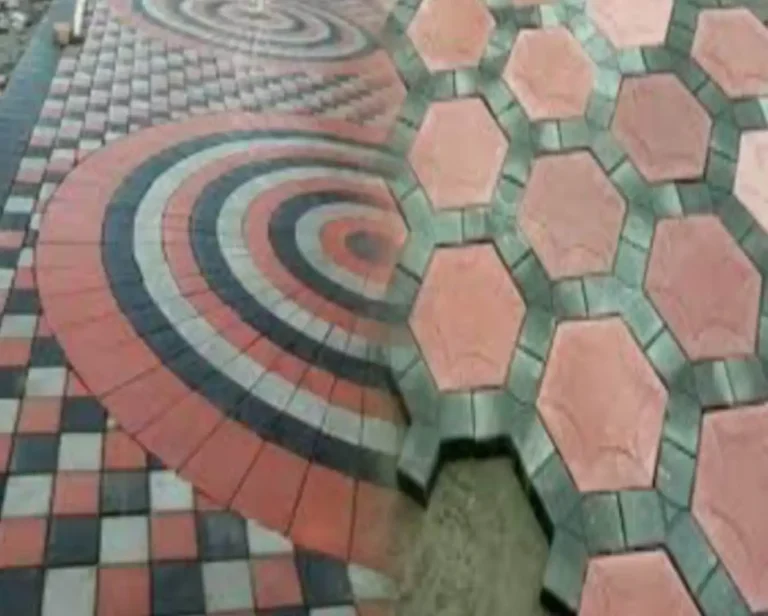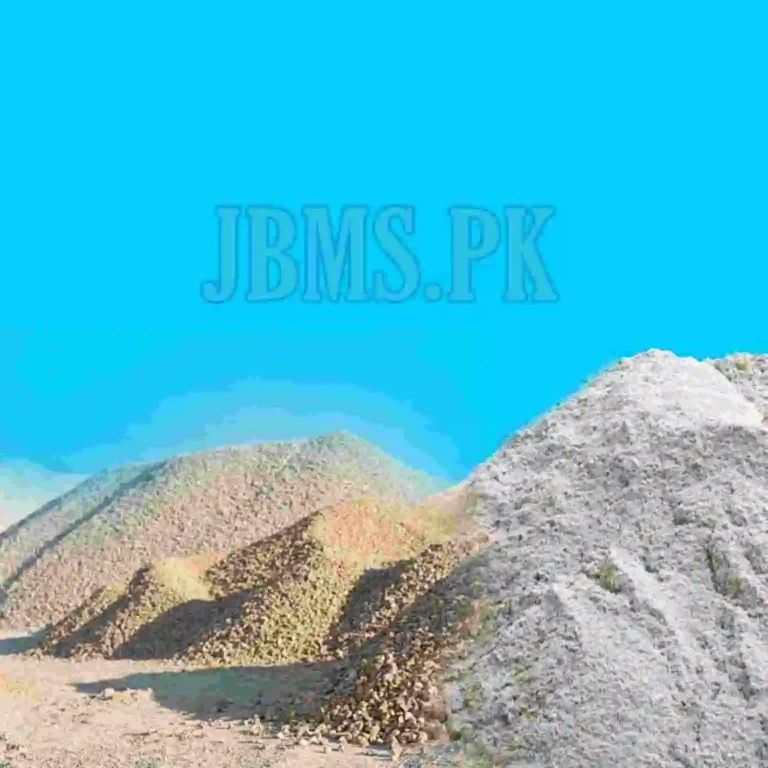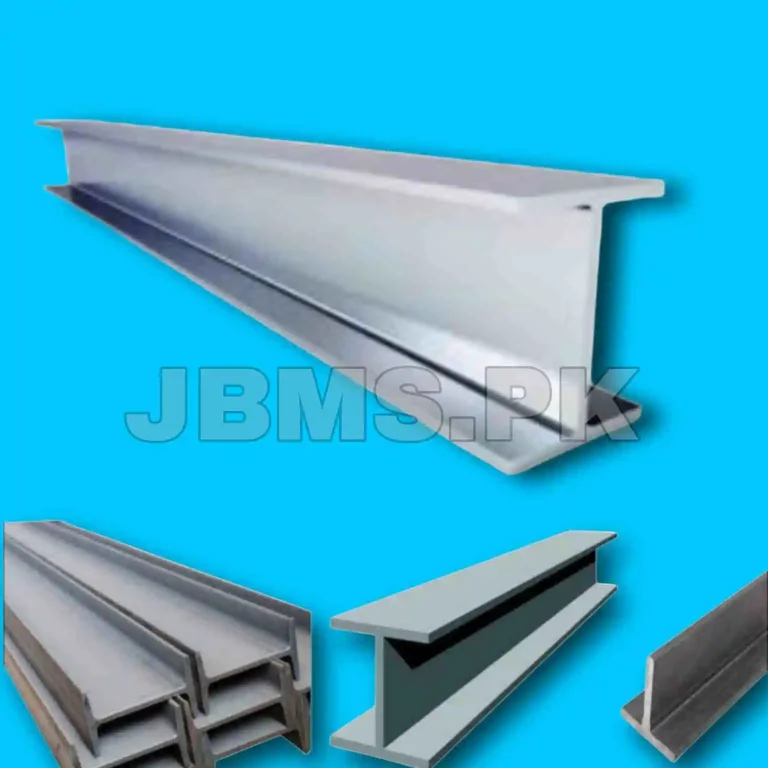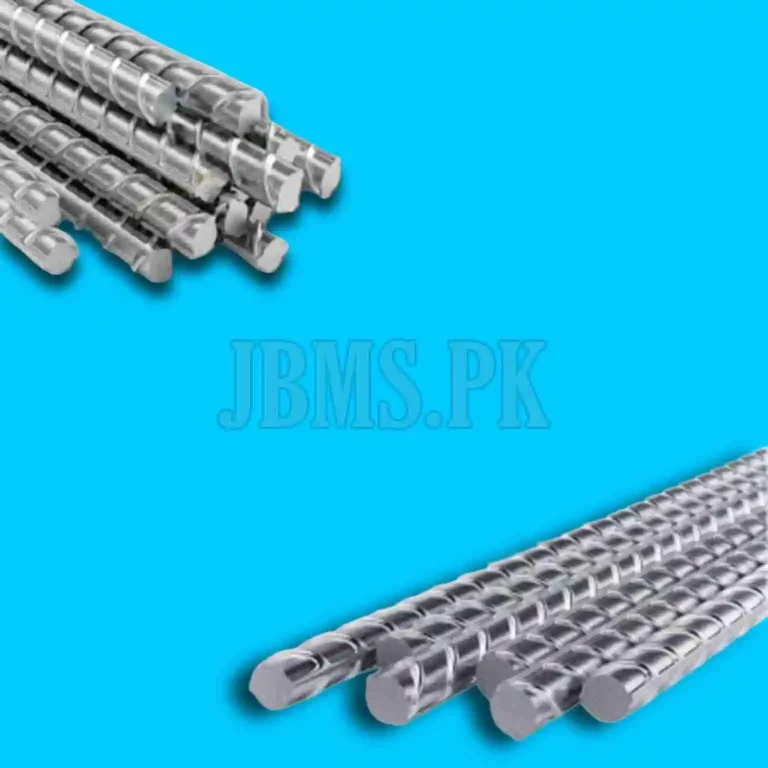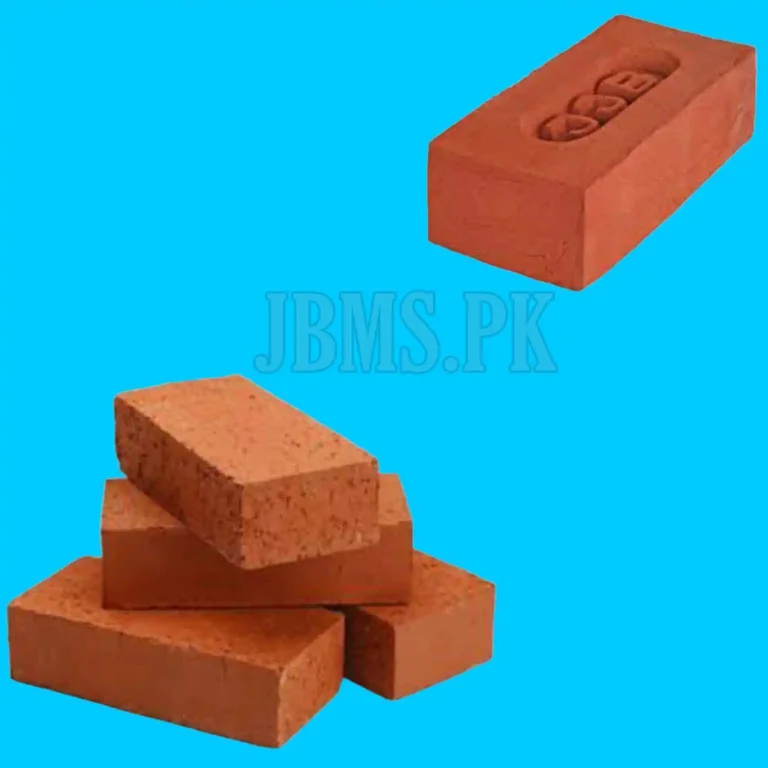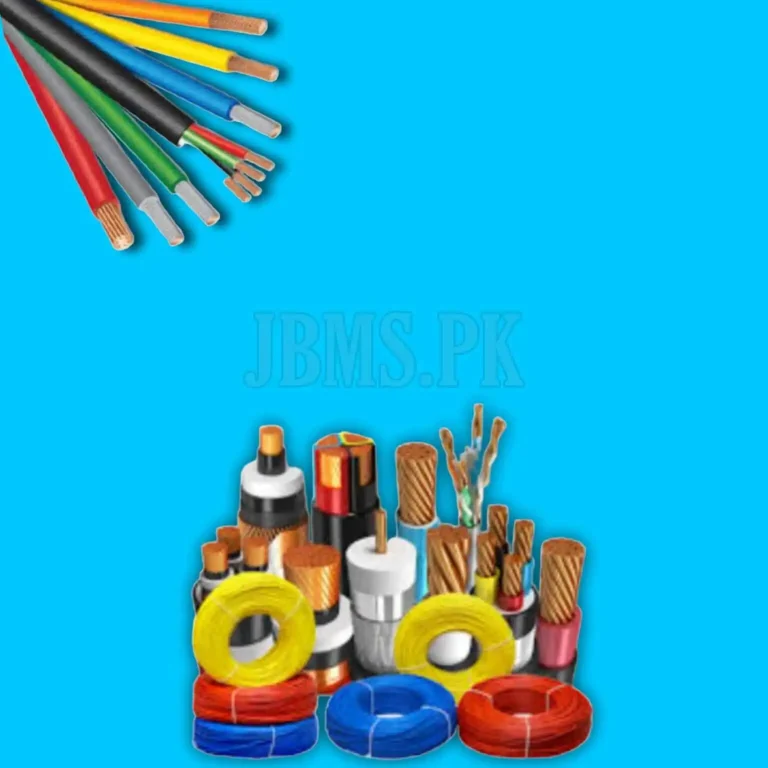Tile Bond Prices in Pakistan 2024 | Latest Tile Bond Rates
Are you building your dream project or want to modernise your home? A home can have a respectable appearance by using tile. Since you have chosen tiles for the floor and wall, you are also curious about the tile bond price in Pakistan.
Your curiosity is over as we provide complete information about Tile Bond Pricing in Pakistan. Before knowing tile bond prices, let’s know their types and functions.
Various surfaces, including metal, wood, concrete, and more, can be bonded with tiles using a type of adhesive called tile bond. It is a powerful, quick-drying adhesive with a long-lasting, waterproof bond and high strength. Due to its resistance to moisture, temperature extremes, and water, tile bond is frequently used in bathrooms, kitchens, and other wet areas.
Tile Bond Prices in Pakistan July 2024
Numerous tile bond types are available in the Pakistani construction industry and are frequently used to fix various floor tiles.
Read Also : Cement Rate Today
There are numerous tile bond companies in Pakistan, ranging from small start-ups to massive conglomerates. Prices for all reputable and well-known tile bond brands have been covered on our website, which will be helpful for you in choosing the best tile bond brand.
| Brand Name | Weight (KG) | Price(PKR) |
|---|---|---|
| Master Tile Bond | 20 | 550 |
| PCI Tile Bond | 40 | 1100 |
| Happilac Tile Bond | 40 | 1100 |
| Bestway Tile Bond | 20 | 540 |
| Bestway Tile Bond | 40 | 1050 |
| Metro Tile Bond | 20 | 650 |
Various Types of Adhesivesves for Tiling
There are multiple kinds of tile bonds available in the market. Which are different from each other due to their composition and properties. Some of them are described below:
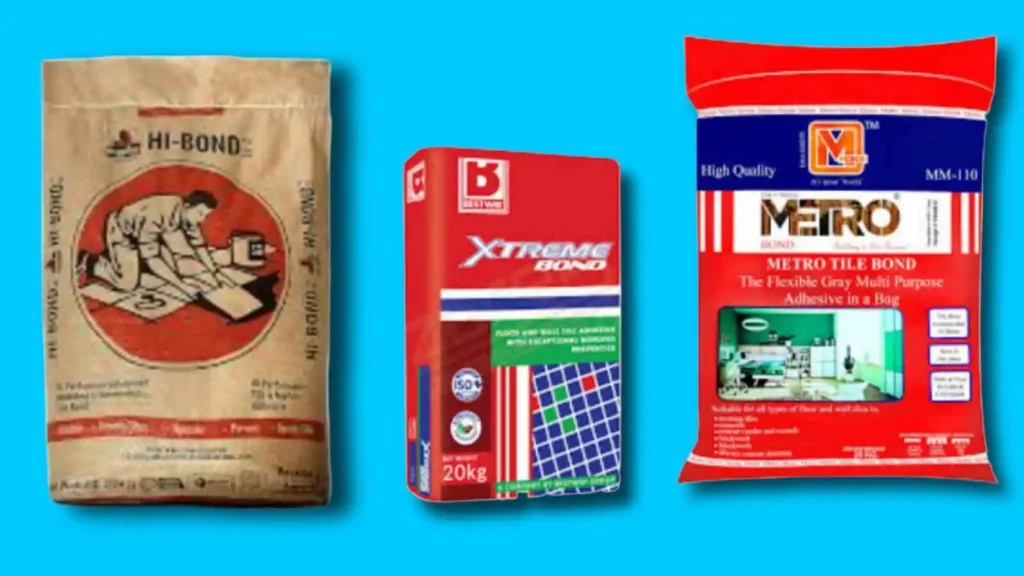
- Cement-based tile adhesives
Tiles and stone materials can be adhered to various surfaces, such as walls and floors, using cement-based tile adhesives, which are adhesive mixtures. These adhesives are usually made of sand, Portland cement, and other additives.
- Polymer modified adhesives
These adhesives are frequently employed in construction and manufacturing processes to join various materials, such as rubber, plastic, metal, and wood. Polymers help the adhesive bond to these materials and provide improved performance.
- Epoxy tile adhesive
Ceramic tiles can be attached to various surfaces with the help of epoxy tile adhesive, which is a strong, long-lasting adhesive.
It is frequently used in spaces like bathrooms and kitchens where water is likely to come into contact with the tiles because it is made to withstand cracking and moisture. Usually sold as a two-part system that must be mixed before use, epoxy tile adhesive.
- Ceramic tile adhesives
Ceramic tiles are adhered to various surfaces, such as metal, wood, concrete, drywall, and others, using ceramic tile adhesives. Although epoxy-based and polymer-modified adhesives exist, cement-based adhesives are most frequently used.
Adhesives made of cement are typically used for interior applications, while adhesives made of epoxy and polymer-modified materials are used for exterior ones. Using the proper adhesive for the right application is crucial to guarantee that the tiles stay in place and remain durable over time.
Tile bond manufacturers in Pakistan
- Master Tile Bond
- Shabir Tile Bond
- PCI Tile Bond
- ZA Tile Bond
- Sea Star Tile Adhesive
- Happilac Tile Bond
- Xtreme Tile Bond
- Stile Tile Bond
- Bestway Tile Bond
Tile Bond vs. Cement
Tile bonds and cement are adhesive products that secure tiles in various applications. Tile bond is a product specially made for attaching tiles to surfaces like counters, floors, and walls. Due to its water resistance, it can be used in damp or moist environments. Cement is a general-purpose adhesive used to attach tiles to different surfaces.
Environmental effects of tile bonding materials
Tile-bonding substances can affect the environment in several ways; some major effects are mentioned below.
- The release of volatile organic compounds (VOCs) and other air pollutants during installation, the creation of hazardous waste, and the leaching of heavy metals into water sources are just a few examples of these effects.
- Tile bonding materials can also contain potentially hazardous chemicals, such as formaldehyde, solvents, and other toxic compounds. When released into the environment, these chemicals contaminate soil and water.
- Tile bonding materials can also create construction waste. These materials are often wrapped in plastic bags, which can take hundreds of years to break down in a landfill.
Tips for achieving a long-lasting tile bond
- Ensure that the surface you are tiling is entirely dry and clean. Any dirt or grime can hamper the tile’s ability to stick to surfaces.
- Select the correct adhesive for the kind of tile you’re using. Ensure you carefully read the label before purchasing because some adhesives are unsuitable for all tile types.
- Applying the adhesive uniformly will result in even coverage and a stronger bond.
- Allow the adhesive to set before you start placing tiles. Consequently, the bond will be stronger.
- By using spacers, you can ensure that the gaps between your tiles are uniform. This will help prevent tiles from shifting over time.
- To ensure a sturdy bond between the tiles, grout the surfaces. Use the proper grout for the tiles and apply it evenly for a stronger bond.
- Make sure to seal the tiles correctly; Sealing your tiles will help prevent water and other liquids from seeping in and damaging the bond.
Tile Bond Preparation Method
Tile Bond is a pre-mixed, polymer-modified mortar for setting tile on walls, countertops, and other surfaces.
Read the directions on the Tile Bond Adhesive package, then follow them when mixing the adhesive with water in a bucket.
When making Tile Bond, combine one part powder with three parts water by volume. Combine the powder and water using a whisk, drill, and paddle mixer.
The mortar should resemble a thick paste after being combined. So that the powder can absorb the water, let the mixture sit for a while. The mortar must be thoroughly mixed once more to achieve a uniform texture.
Before using the mortar, give it 15 minutes to sit. It will be simpler to spread because the mortar will have had time to hydrate.

